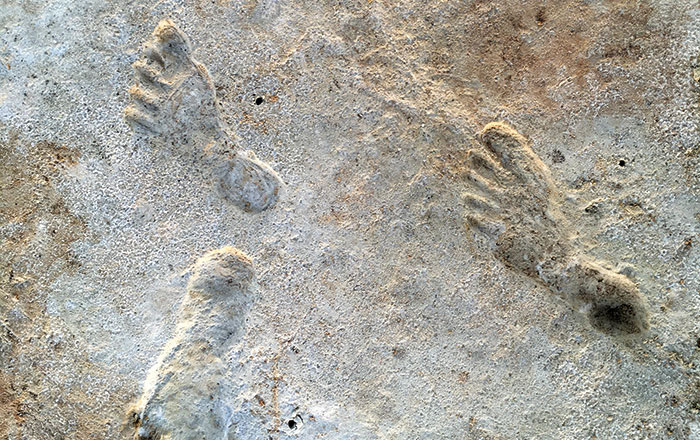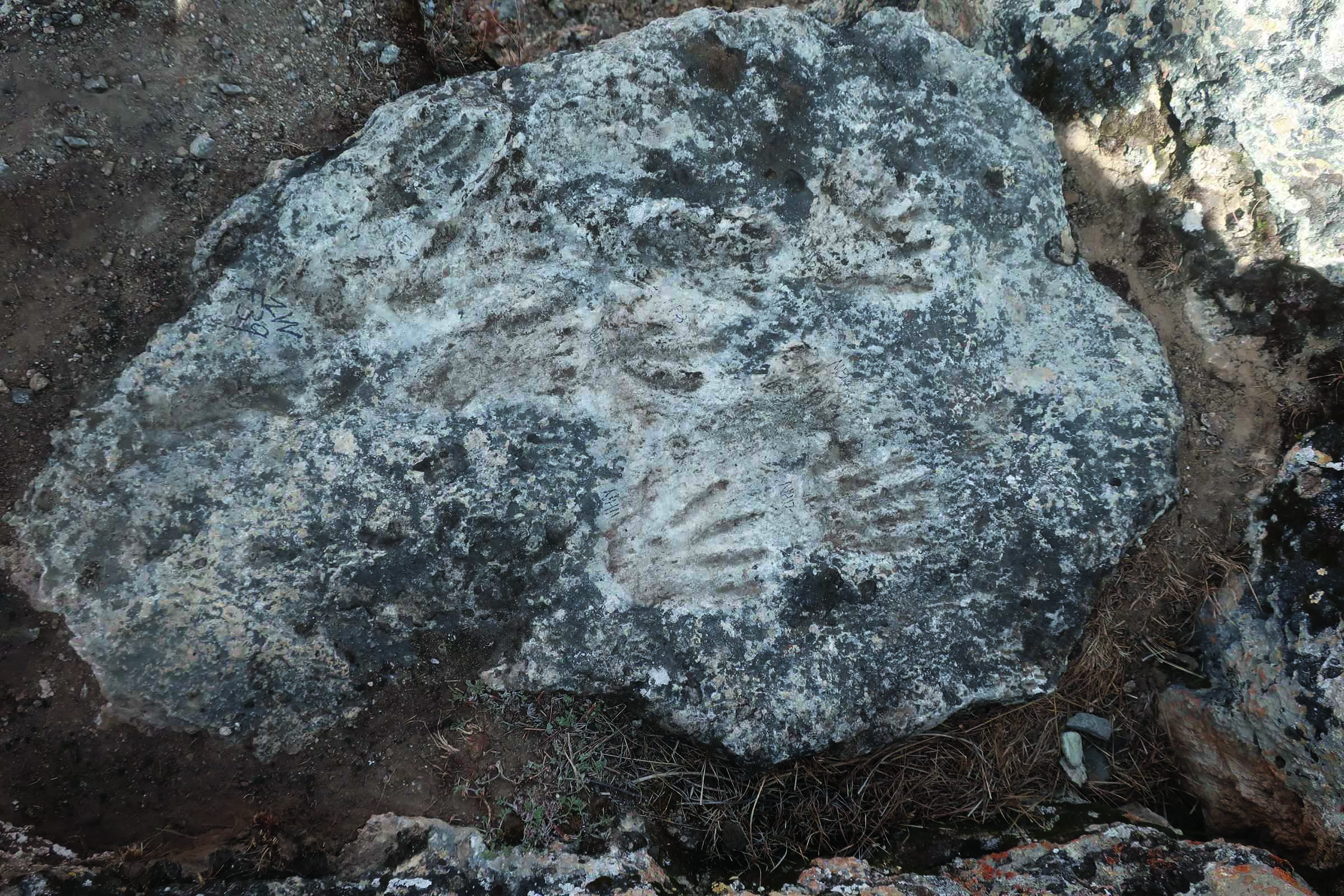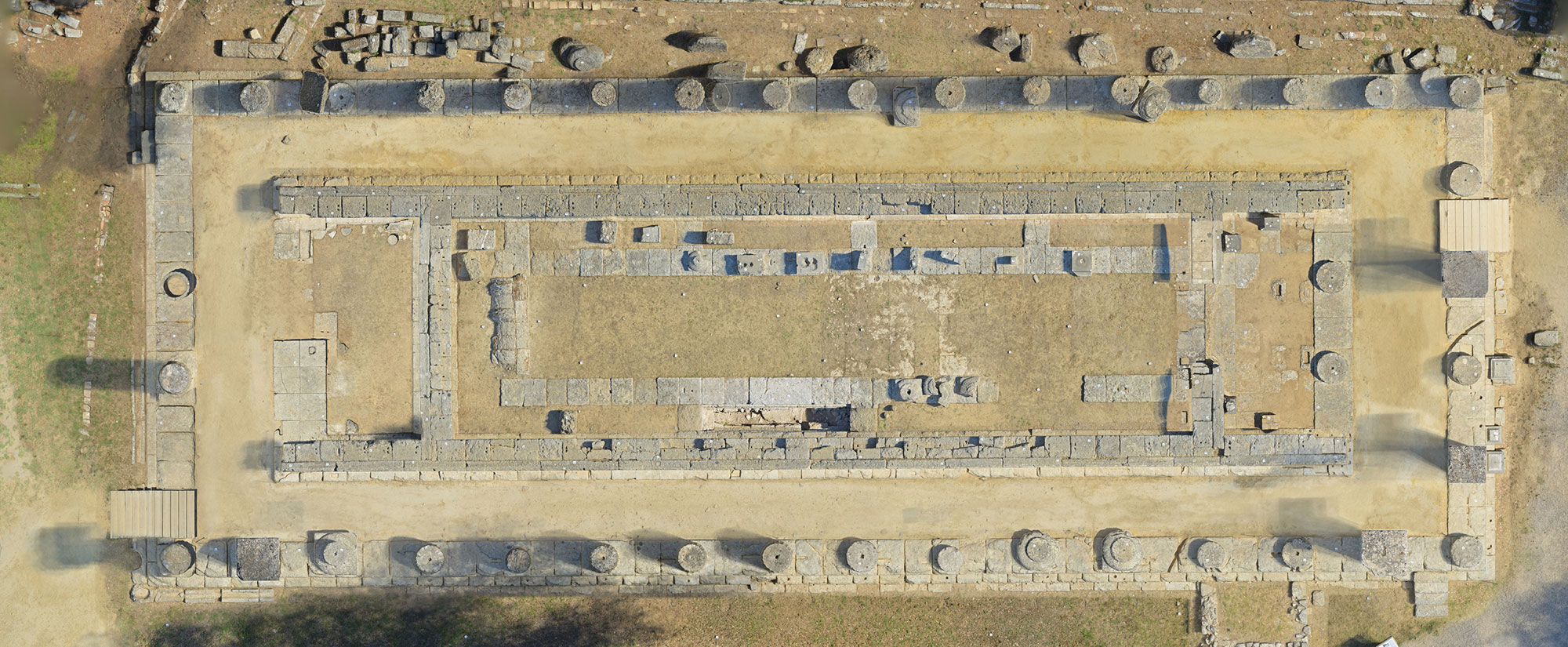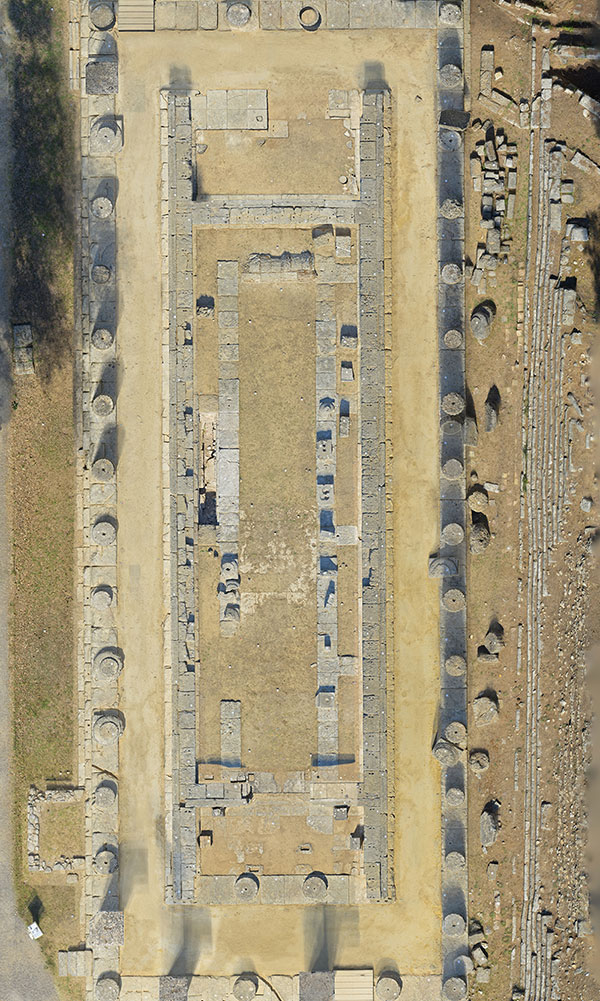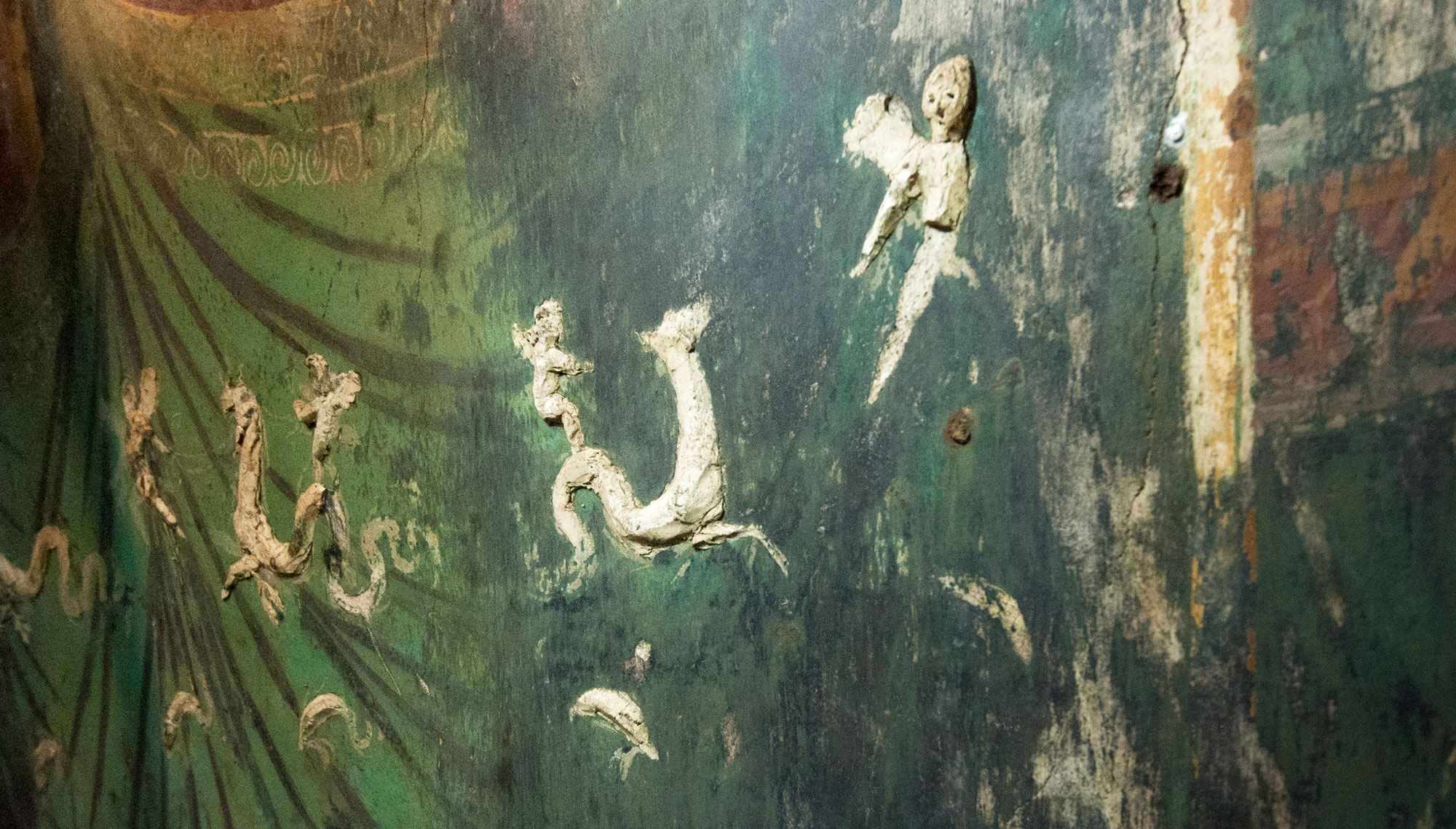
ENGARE SERO, TANZANIA—The Washington Post reports that Cynthia Liutkus-Pierce of Appalachian State University led a team of researchers in the study of some 400 ancient Homo sapiens footprints that were discovered in northern Tanzania, near the Ol Doinyo Lengai volcano, about 10 years ago. The footprints are thought to have been made by men, women, and children in flood deposits that dried and then were covered with another layer of mud. Minerals in the footprint layers were dated to between 19,000 and 10,000 years ago with the argon-argon dating technique. Once the excavation team exposed the footprints, each one was photographed, 3-D scanned, and mapped. The researchers have found evidence of at least 24 individuals who crossed the mud in two directions. Some of the travelers were walking, and some may have been jogging. A subgroup of the researchers continues to investigate the size and composition of the group that left the footprints. “For people who work in prehistory, it’s incredibly rare to get that kind of snapshot in time,” said paleoanthropologist Briana Pobiner of the National Museum of Natural History. For more on ancient footprints, go to “Proof in the Prints.”


